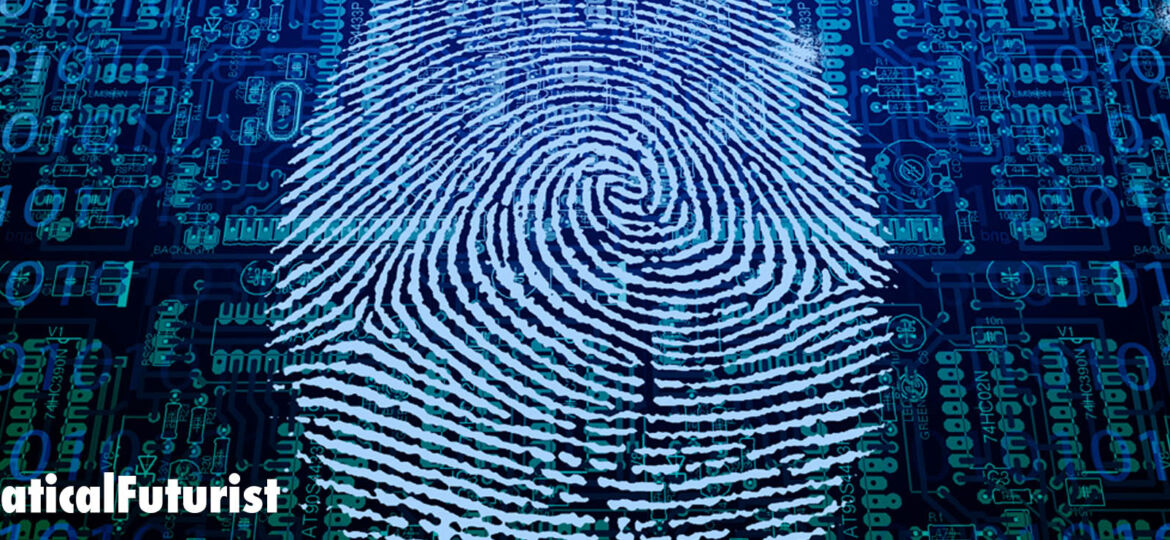
WHY THIS MATTERS IN BRIEF
Biometric security systems are an improvement on passwords but they’re easy to hack, now a new ultrasonic fingerprint scanner hopes to make them even more secure.
As many of you have probably figured out by now the fingerprint recognition system on your phones, laptops and other gadgets aren’t that great – get your fingers wet or dirty and you’re locked out, then add into that the fact that these biometric marvels can also be easily fooled by hackers who can copy people’s fingerprints from photos and print replicas using 3D printers, and even reproduce people’s iris scans, and many people can’t help thinking that there’s room for improvement.
Now, in a paper published on 29 June in Applied Physics Letters, engineer David Horsley of the University of California, and his colleagues, have described a new consumer fingerprint system that is based on ultrasound that solves all of these problems.
“We think our approach has a number of benefits and is unhackable,” says Horsley.
Most scanners used in consumer electronic devices today work by recognising the ridges and valleys of a print and by mapping the pattern of voltages generated by a finger pressed against the scanner. When the ridges of a pressed finger come into contact with tiny capacitors on a dedicated chip sensor the devices produce a certain voltage and where there’s a valley there is no contact and they generate a different voltage. It’s the variation of these patterns that enables the scanner to recognise the fingerprint, but grime and moisture confuse them.
The ultrasound technology in Horsley’s system uses an ultrasonic pulse instead and when it bounces back off the fingerprint, ridges and valleys return different patterns of stress, which can then be converted into electrical signals. By measuring the bounce from the ultrasound for longer period of time, the scanner can also sense the depth of the ridges and valleys, and increasingly security experts think that these types of scanners will help improve the security of the gadgets and systems they protect.
“If you can sense deeper characteristics, not just the shape, of a fingerprint, you can better tell the difference between what’s real or not,” says Rob Rowe, vice-president of development at security-technology firm HID Biometrics in New Mexico.
In the past ultrasound consumer electronics scanners have previously proved difficult to manufacture because Lead Zirconate Titanate, a compound often used to make them first has to be heated to some 800 °C before it can be deposited onto the circuit and that can sometimes harm the semiconductors and circuitry at the core of the device. That said though it’s thought that one manufacturer, Qualcomm, has managed to get around this issue and have managed to produce a system that could be mass produced although very few details are known about the product.
Meanwhile elsewhere other engineers are working on other techniques to improve fingerprint recognition such as using multiple wavelengths of light that can scan beneath the skin, so who knows, one day soon that button on your phone that you touch five hundred times a day could take a giant leap forwards.

















Fingerprints are lousy method of identification so whats the big deal?